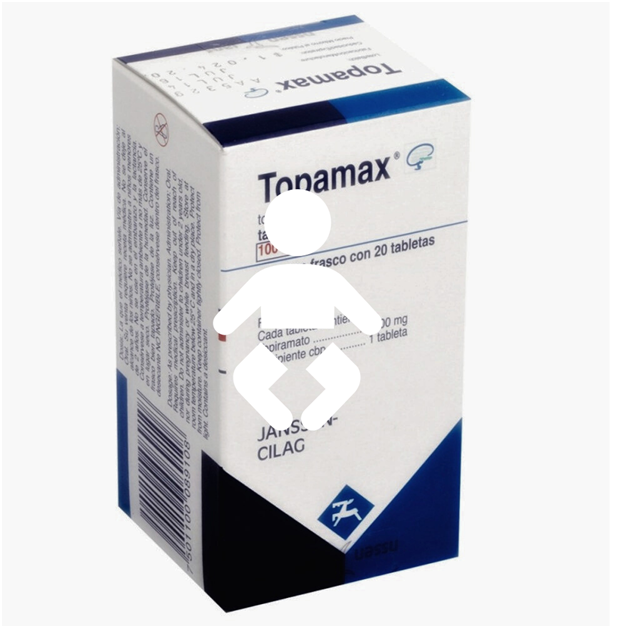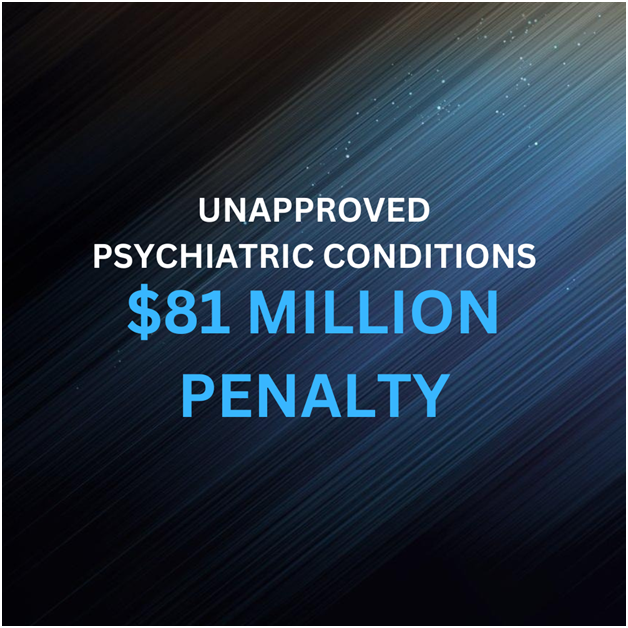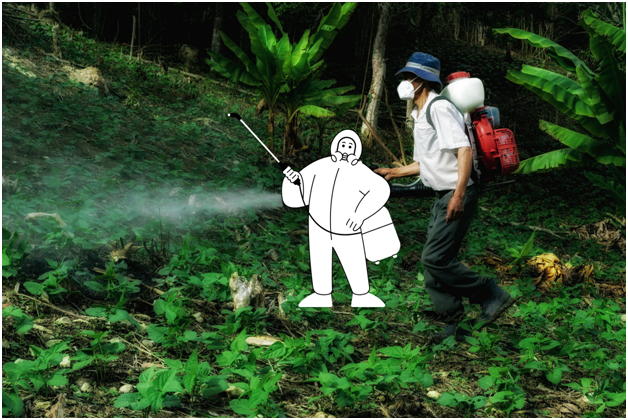The
Topamax lawsuit centers on claims of negligence against Janssen Pharmaceuticals, a
subsidiary of Johnson & Johnson, for purportedly failing to issue sufficient warnings
regarding the significant risk of birth defects in babies born to women who used Topamax
during pregnancy. Topamax, alternatively known by its generic name topiramate, is a commonly
prescribed medication utilized for managing epilepsy and preventing migraine headaches.
Allegations
against Janssen revolve around claims that the company neglected to adequately inform
pregnant women and their healthcare providers about the risks associated with Topamax,
despite emerging evidence of increased risks of birth defects, notably cleft lip and palate.
Additionally, the lawsuit contends that Topamax may interfere with the effectiveness of
contraceptives, a crucial piece of information not sufficiently communicated to women of
childbearing age.
Furthermore,
the U.S. Department of Justice has accused Janssen of unlawfully promoting Topamax for
off-label uses, resulting in a substantial penalty for the company. Despite the drug being
approved solely for treating seizure disorders and preventing migraine headaches, Janssen
was found to have incentivized physicians to prescribe it for unapproved psychiatric
conditions, leading to an $81 million fine.
In
The controversy surrounding Topamax unfolded in 2011 when the FDA mandated that Janssen add
a warning to the drug's prescribing information regarding the increased risk of cleft palate
and cleft lip. This directive came following data from the North American Antiepileptic
(NAAED) Pregnancy Registry, indicating a significantly higher risk of these defects in
infants when their mothers took topiramate during the first trimester of pregnancy.
This
revelation prompted the reclassification of Topamax from a pregnancy Category C drug, which
implies potential harm to animal fetuses but lacks evidence in humans, to a Category D drug,
indicating "positive evidence of human fetal risk."
Families
of children born with these defects began filing lawsuits against Janssen, alleging that the
company had been aware of the risks associated with Topamax since 1997 but failed to
communicate them to consumers or medical professionals. Plaintiffs argued that Janssen had a
moral and legal obligation to provide adequate warnings, especially considering the
potential for severe, life-altering birth defects requiring extensive and costly medical
intervention.
Despite
Janssen's defense asserting that birth defects could not conclusively be linked to Topamax
use due to the prevalence of oral clefts in newborns, juries sided with the plaintiffs. They
determined that Janssen's negligence in adequately warning about Topamax's birth defect
risks significantly contributed to the plaintiffs' injuries.
In
response to these lawsuits and the compelling evidence presented against it, Janssen opted
to settle several pending cases related to Topamax birth defects. As of 2022, there have
been no recent developments in this litigation, and the Topamax mass tort program has been
concluded.
Nevertheless,
the repercussions of this case continue to echo throughout the pharmaceutical industry,
highlighting the vital importance of rigorous pre-market drug testing, transparent
disclosure of potential side effects, and ethical marketing practices. This case also
underscores the role of legal action in holding large corporations accountable for
negligence, delivering justice to affected individuals, and safeguarding future consumers
from potential harm.





